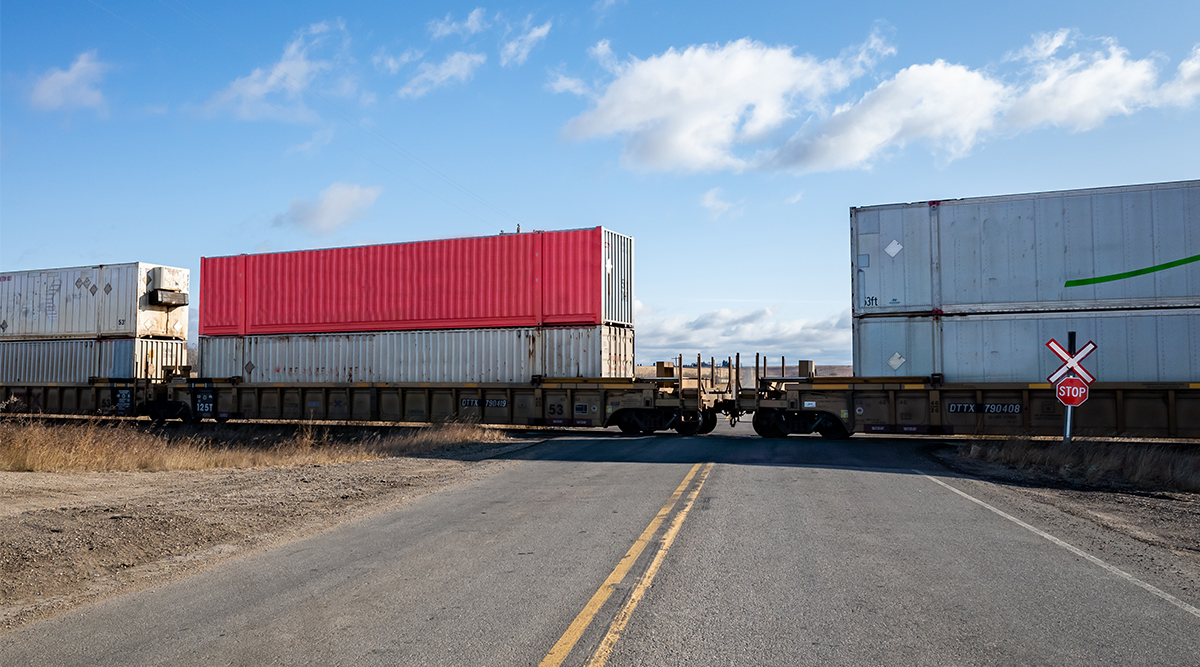Warehouse Safety Checklist: 8 Things Every Manager Should Review
A warehouse safety checklist is one of the most effective ways a warehouse manager can keep their multi-client or private warehousing operations safe for their employees. Rapid fluctuation in volume and workload add to the potential safety hazards in a warehouse operation. If not properly managed, an unsafe warehouse operation can lead to safety violations and fines from the Occupational Safety & Health Administration (OSHA), and to fully preventable workplace injuries and accidents.
In addition to serving as the oversight authority, OSHA also offers resources to keep your workplace safe. These resources, along with numerous other best practices, can help a manager customize a warehouse safety checklist to ensure safety is kept a priority in the warehouse operations.
One of the best ways for a manager to train their employees in workplace safety is to create a warehouse safety checklist featuring a series of tasks, activities and educational material. A manager can then rely on this checklist to ensure there is a fluid understanding of safety in the warehouse environment.
Download the LEGACY Warehouse Safety Checklist >
Here are 8 things every manager should include on their warehouse safety checklist in order to ensure maximum workplace safety compliance and maintain a safe warehouse environment:
1. Post safety expectations
Warehouse supervisors should ensure all safety expectations are posted clearly in close proximity to all equipment—forklifts, hydraulic dollies, hand jacks, etc. Doing so assures that employees have constant visual reminders of the inherent dangers of using such equipment, and the safety precautions they should take to avoid injury.
2. Set minimum safety standards
Setting clear minimum safety standards reinforces the expectation that safety is always the priority. This could be something as simple as requiring anyone who enters the warehouse environment to use protective eyewear and/or hard hats.
3. Create periodic pop quizzes
Periodically testing employees on their knowledge of workplace safety can go a long way toward creating a safety-conscious warehouse team. Delegating pop quiz responsibilities to a rotating crew of various levels of management will keep your workforce on its toes.
4. Conduct safety sweeps
Daily, weekly, or monthly safety sweeps allow you to troubleshoot potential safety hazards within your warehouse operation. Using your warehouse safety checklist, walk around your warehouse to ensure all floors are free of slip and trip hazards, all walkways are free of stray cords, liquids and any other potential safety hazard.
5. Provide training
Schedule periodic training sessions to educate and refresh your employees about how to ensure consistent workplace safety practices. It can help to incentivize these meetings with breakfast or lunch, and be sure to make it interactive to promote participation.
6. Reward workplace safety
Encourage employees to report their colleagues recognizing a specific workplace safety situation in which they excelled. Recognizing and rewarding this type of behavior will encourage your employees to follow the rules and establish safe habits.
7. Establish a Safety Committee
Establishing a Safety Committee within your warehouse environment will empower your employees to communicate about and follow through on potential workplace safety hazards or concerns. This committee could also serve as the oversight authority for any future training or refresher courses.
8. Ensure proper emergency signage
It’s important for you employees to know how to get to the emergency exit, as well as where to find the closest eye wash station, first-aid kit or fire extinguisher. When seconds matter, making sure your employees can quickly locate safety equipment can mean the difference between a minor and major accident.
While these tips may seem simple, shaping them to work for you and your company can be challenging. A third-party logistics (3PL) provider, in addition to helping you find efficiencies in your supply chain, should serve in an advisor role and bring warehouse health and safety best practices into your distribution facilities.
As a right-sized 3PL provider, we’re able to offer standardized, repeatable processes, customizable technology and unparalleled supply chain expertise whether you’re a retailer looking for omni-channel distribution solutions or a B2C eCommerce business looking to offer pick and pack, kitting and assembly or subscription box services.
We’re your partner in ensuring that your operations are as safe and efficient as possible. If you’re interested in improving your warehouse environment, read our blog post How to Improve your Warehouse Culture.
-
6 Cornerstones to a Successful 3PL-Customer Relationship
Hiring a third-party logistics (3PL) provider is a strategic approach for businesses to increase their capacity without expanding their...
+ Read more -
Canadian Rail Strike? – What We Know So Far
On May 1st, CN (Canadian National Railway) and CPKC (Canadian Pacific Kansas City) rail workers voted overwhelmingly to authorize a strike...
+ Read more -
2024 Q1 Freight Landscape: Trends, Challenges, and Predictions
As the first quarter of 2024 comes to an end, here are some observations over the past few months as well as predictions about the trucking...
+ Read more





